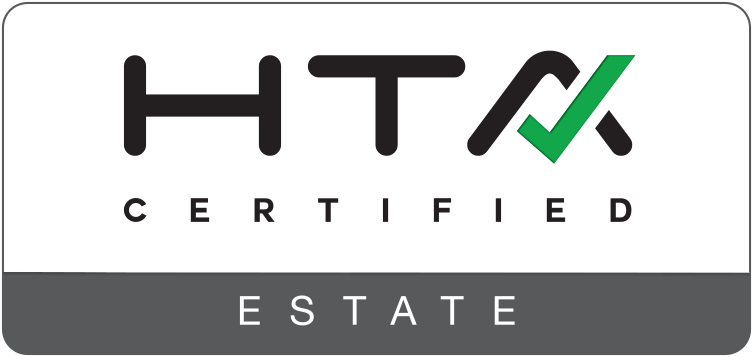Boasting a private theater was once considered the ultimate luxury reserved for film stars, movie moguls, and industry titans with access to unlimited film libraries. Nowadays, technological advances have made it possible for most homeowners to enjoy a state-of-the-art audio and entertainment space.
Is it time to add a personal cinema to your home? Let’s take a look at the benefits.
Perks of a Home Theater
Private media rooms are designed to replicate the experience of watching movies in a public movie theater but in a more intimate, comfortable environment. Best of all, you can watch TV shows and play video games in your home theater, which is an advantage you can’t experience at a commercial theater. Most of them come with viewing screens that are 18 feet long with elaborate sound systems and cushy seating.









